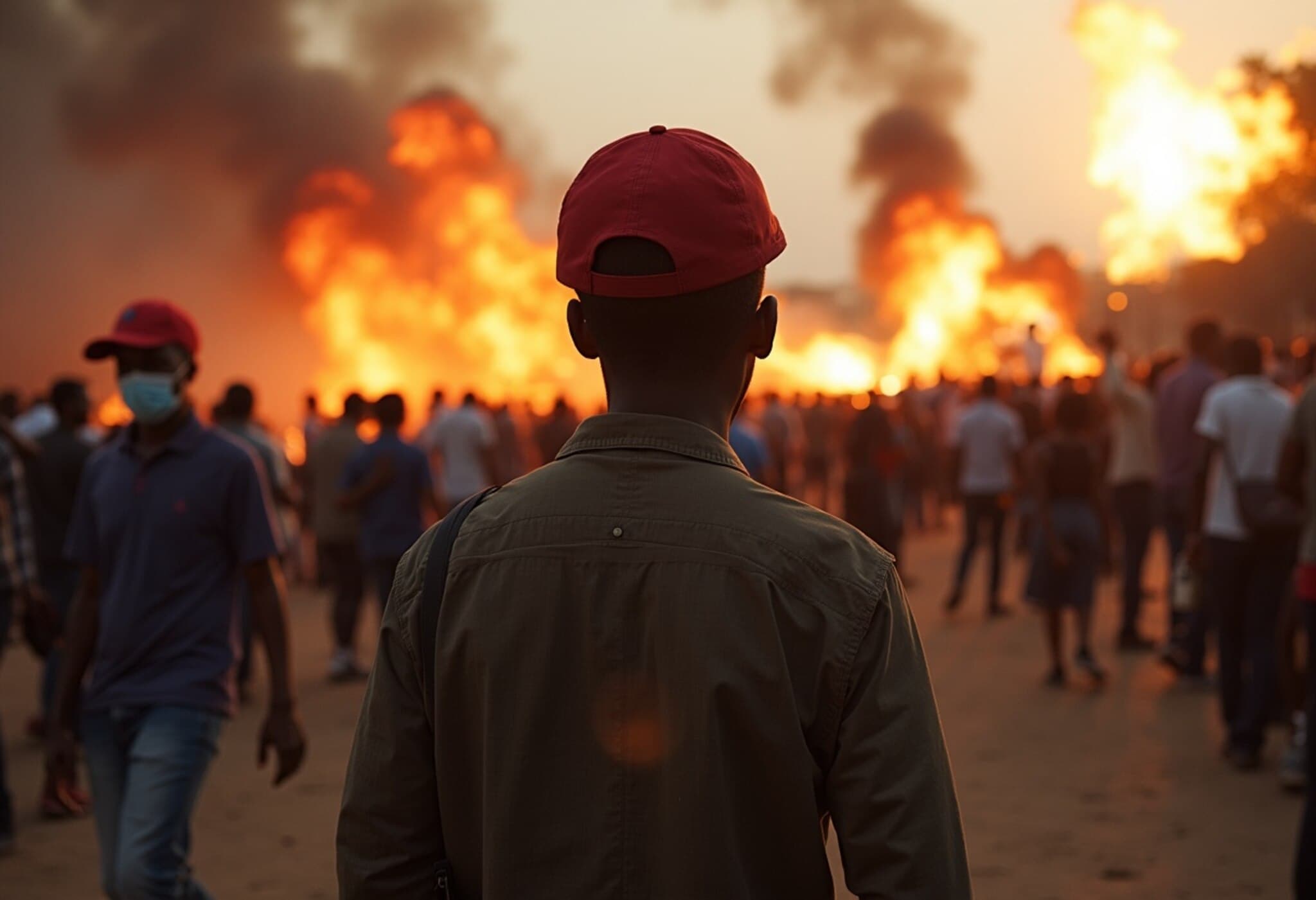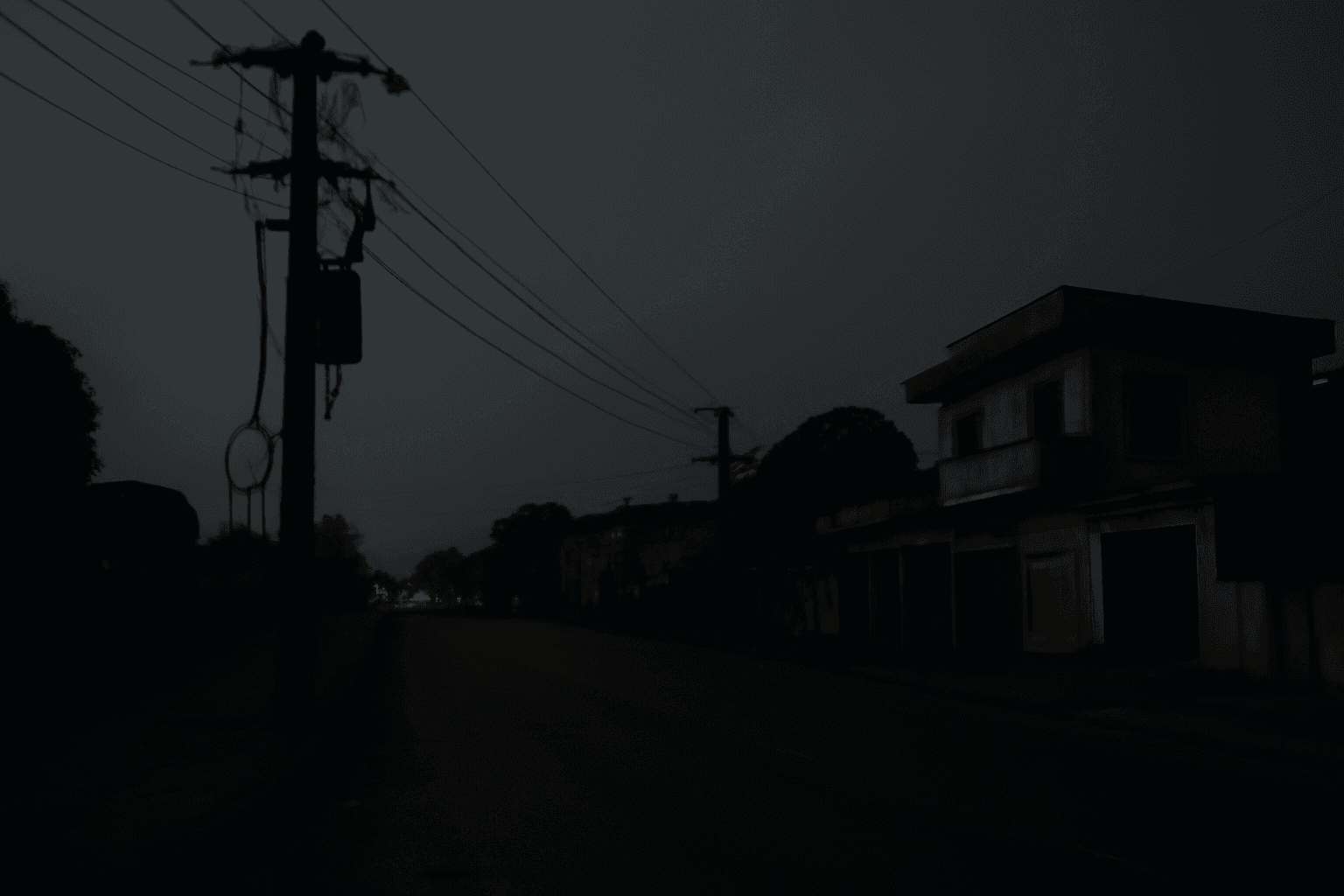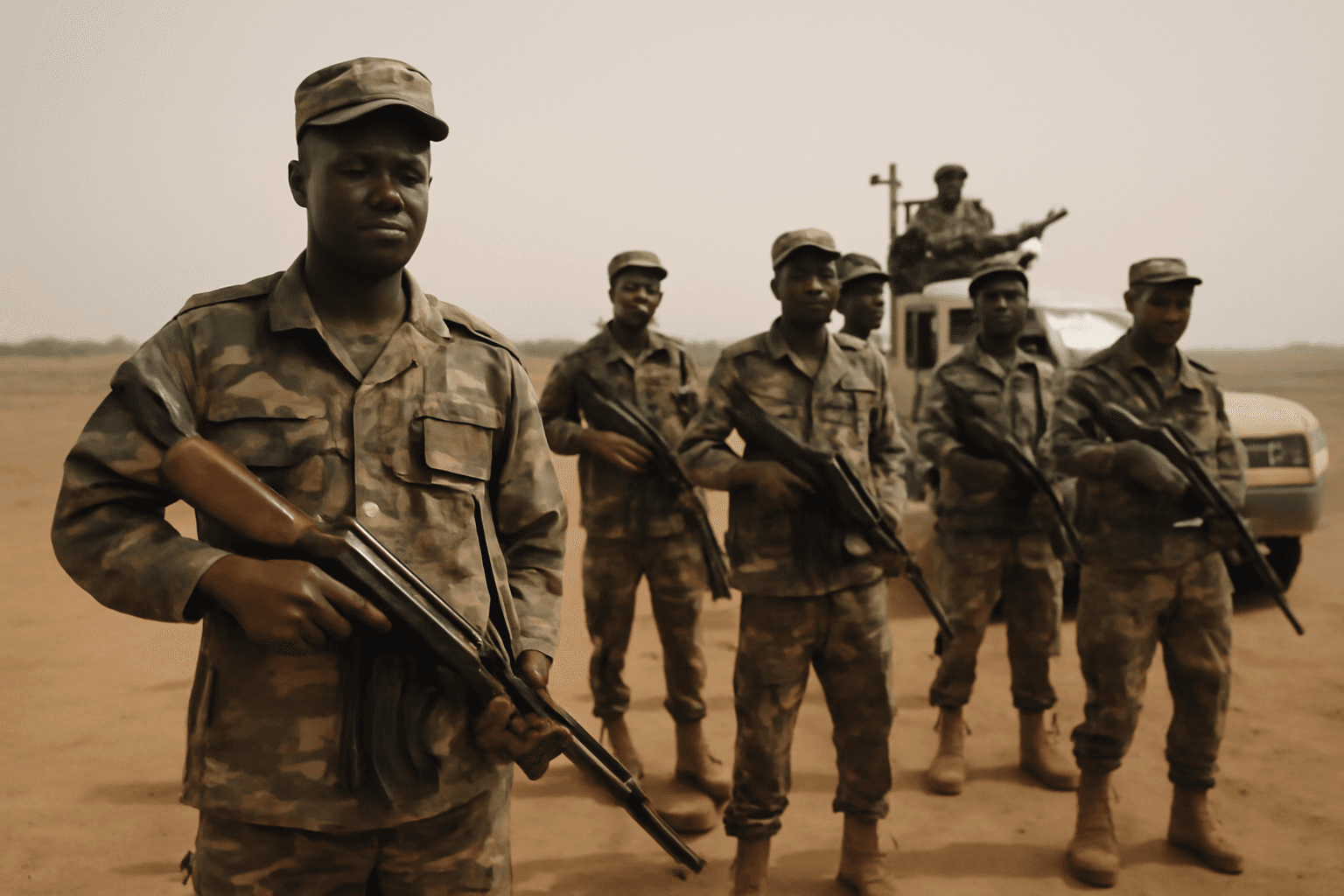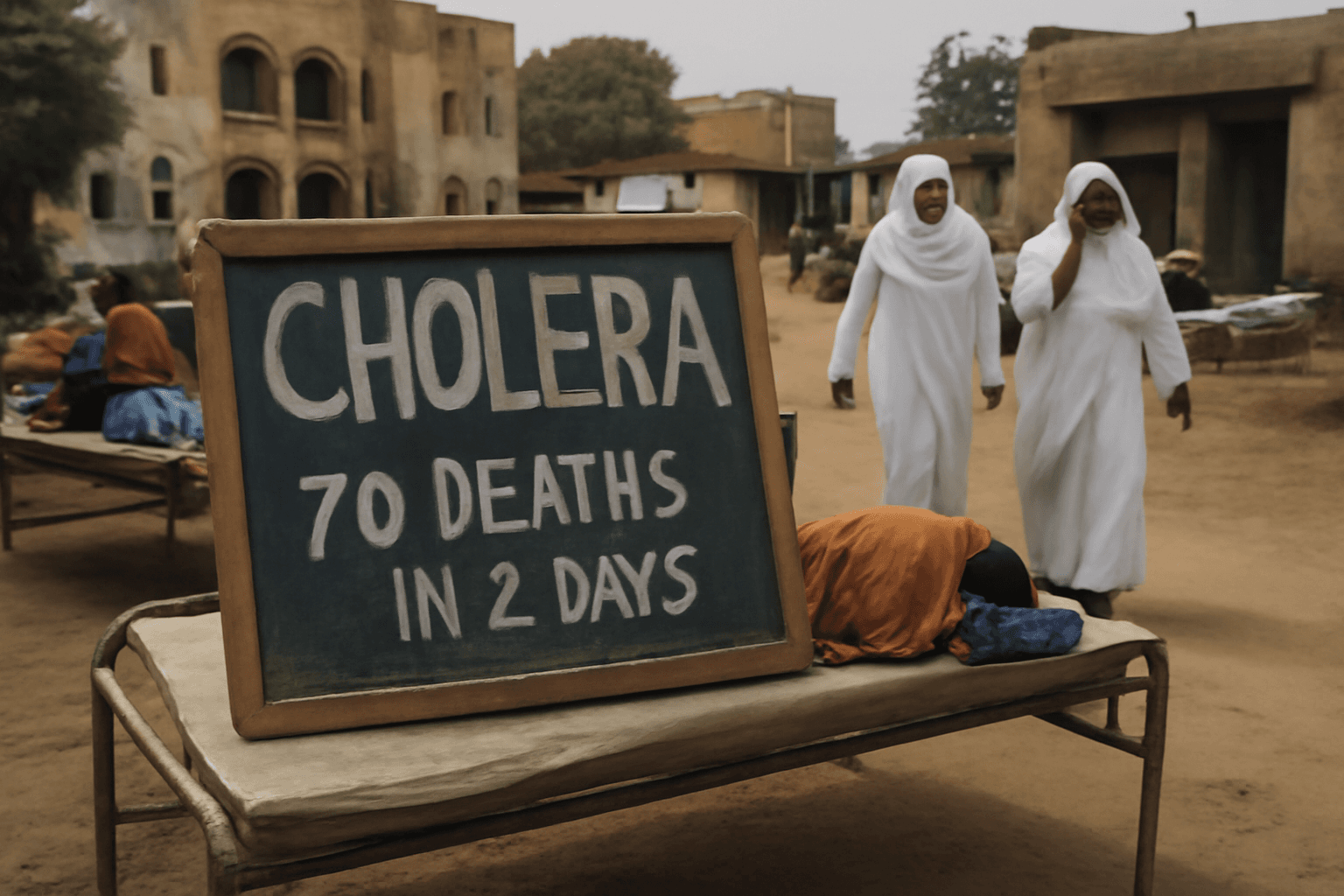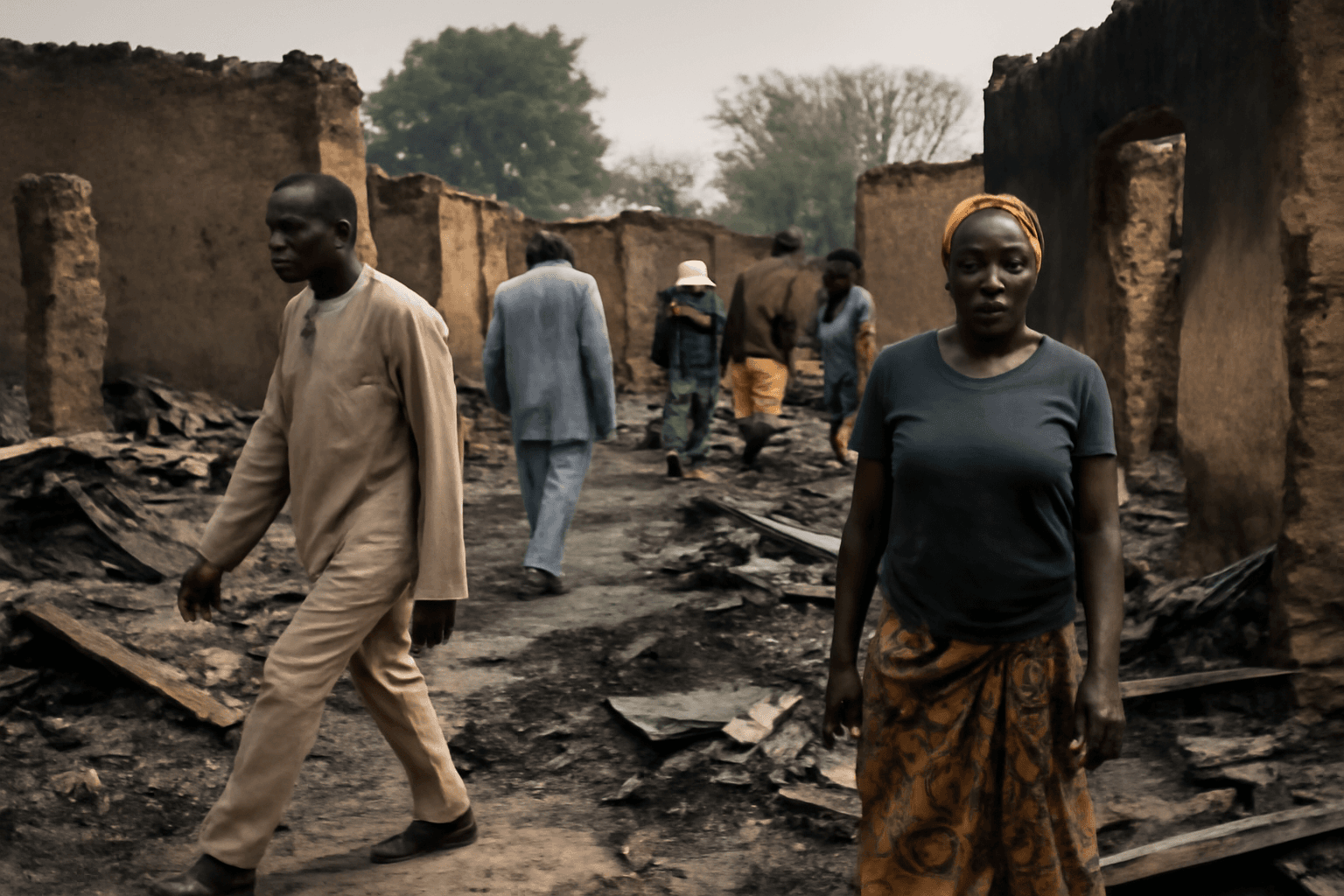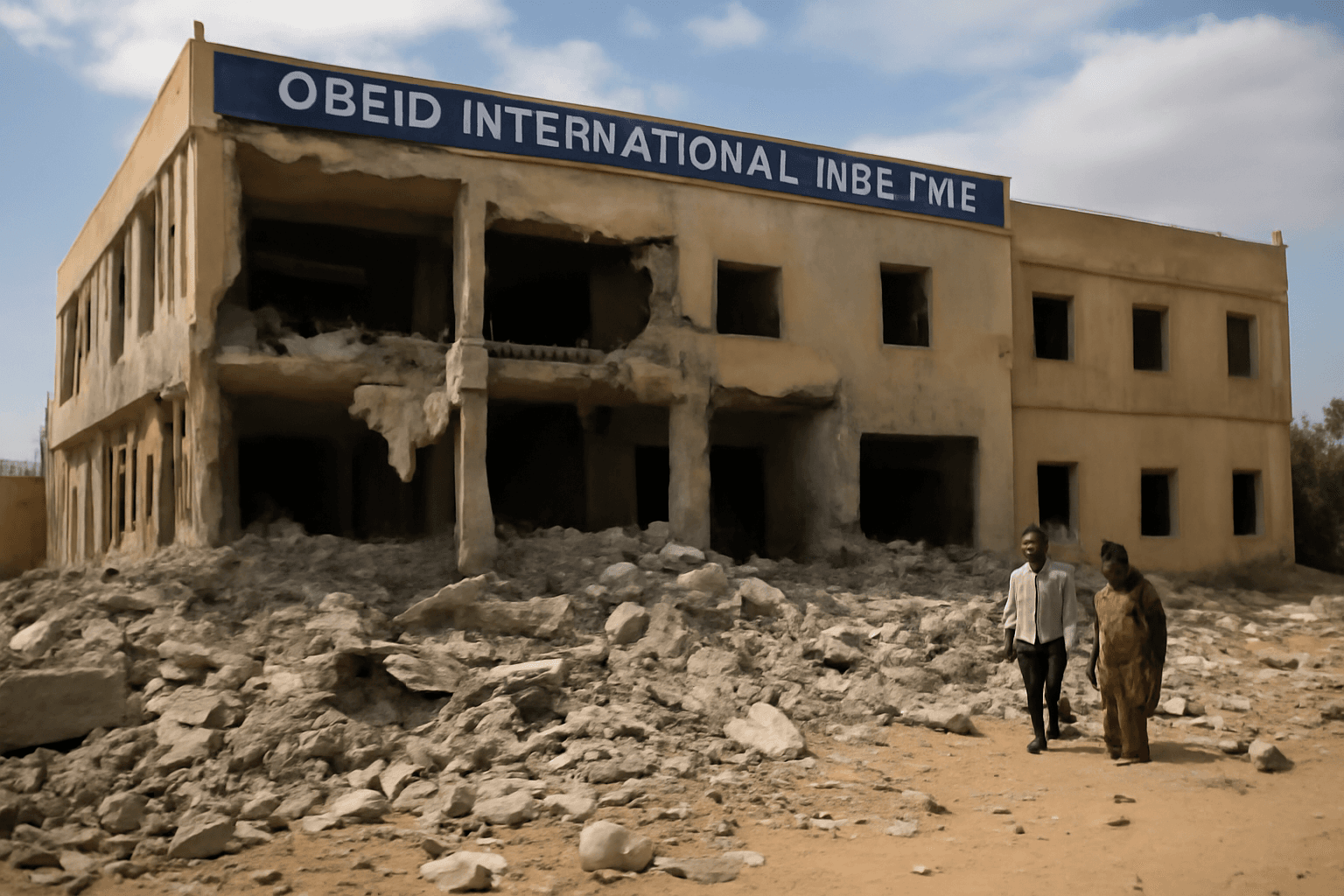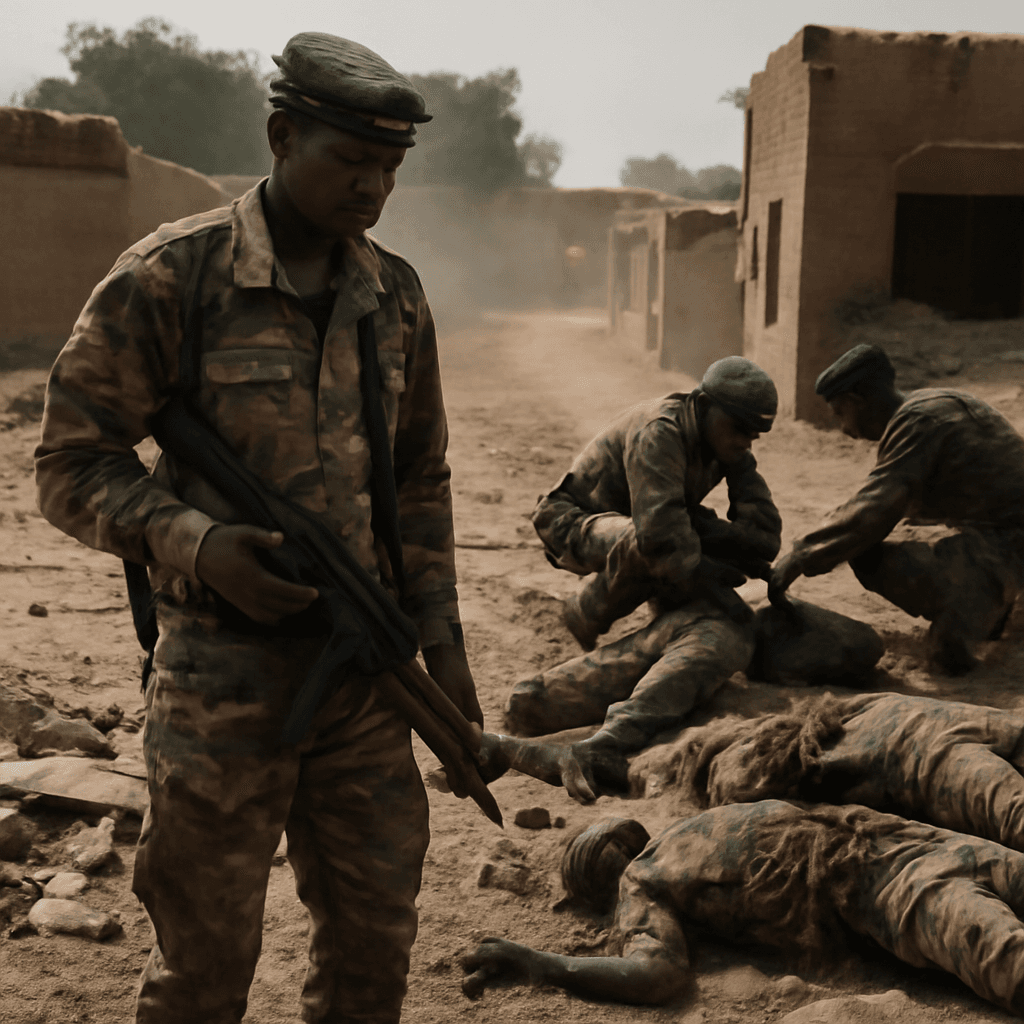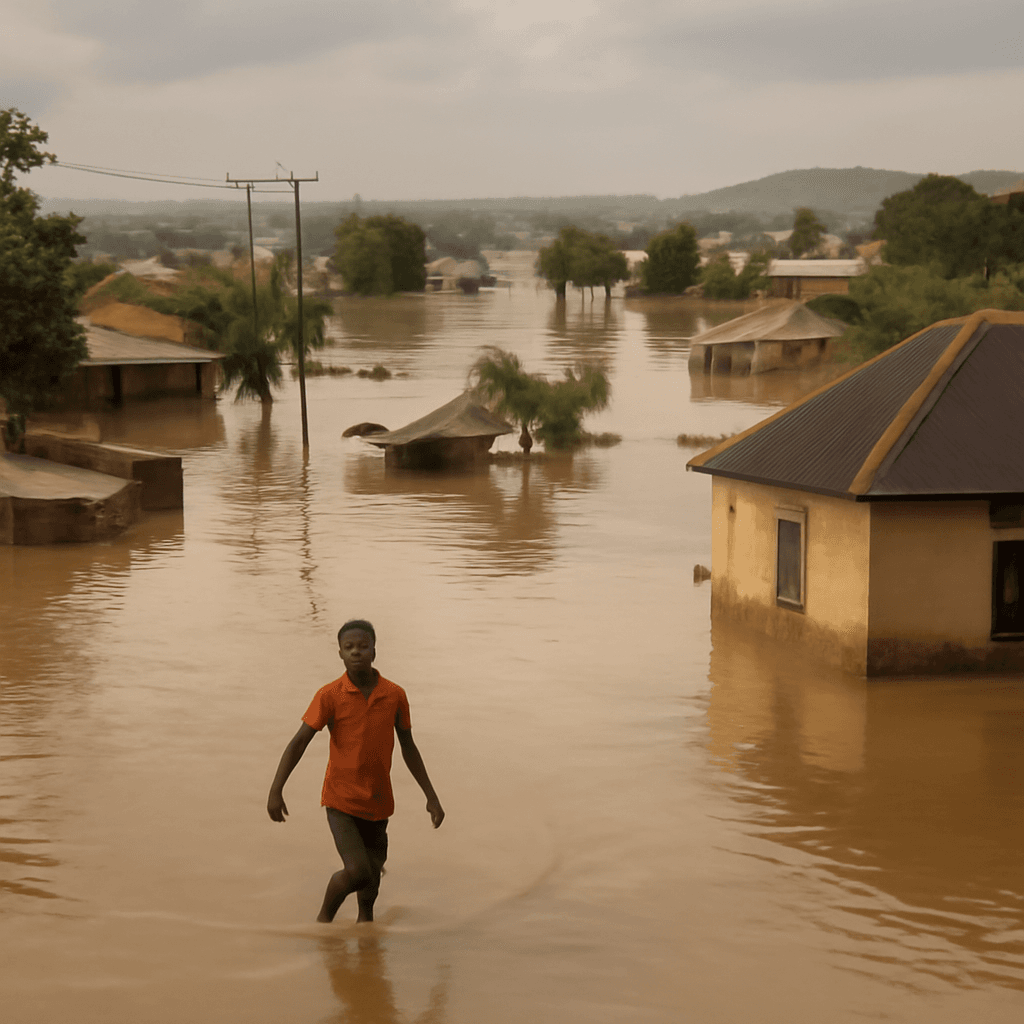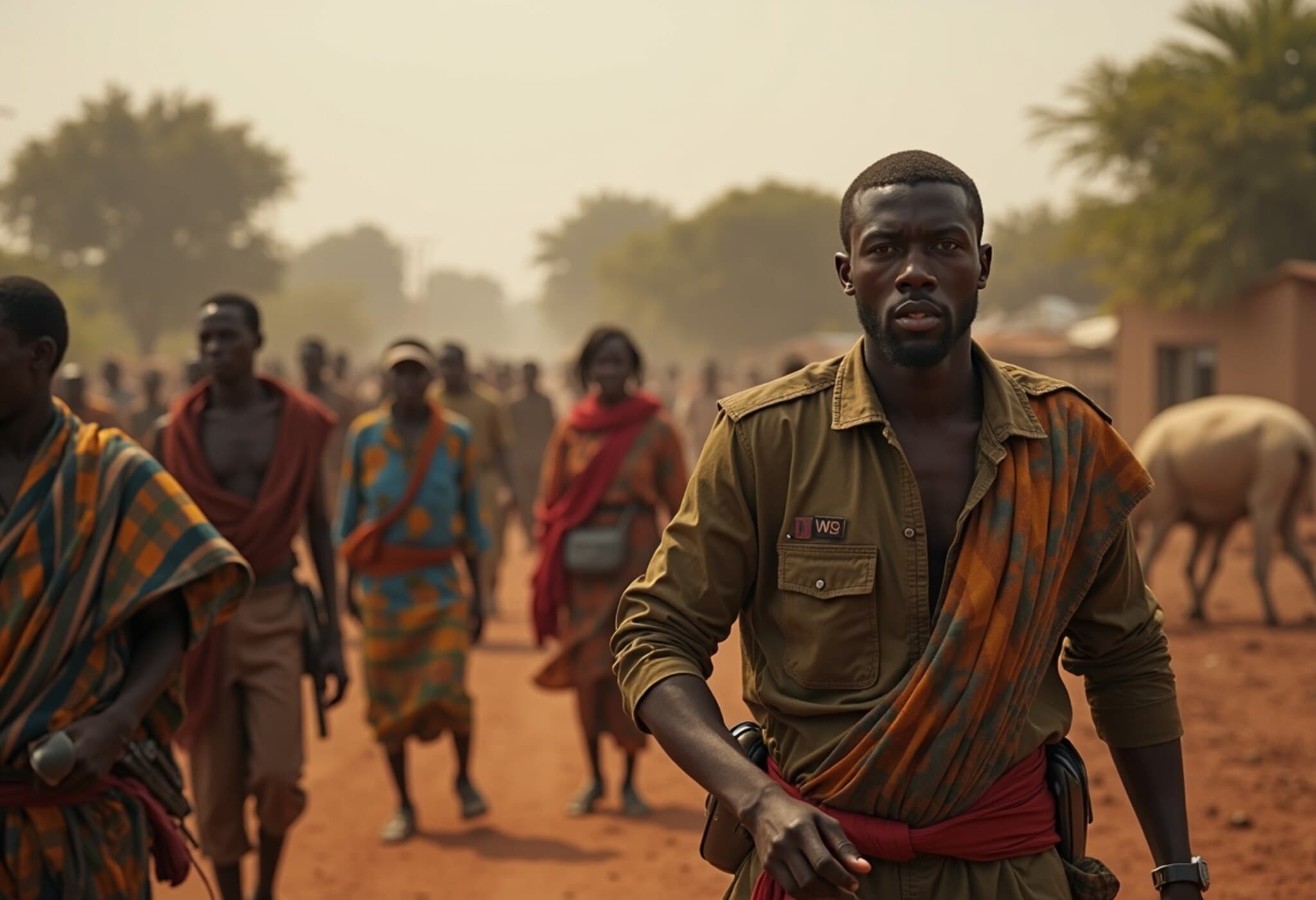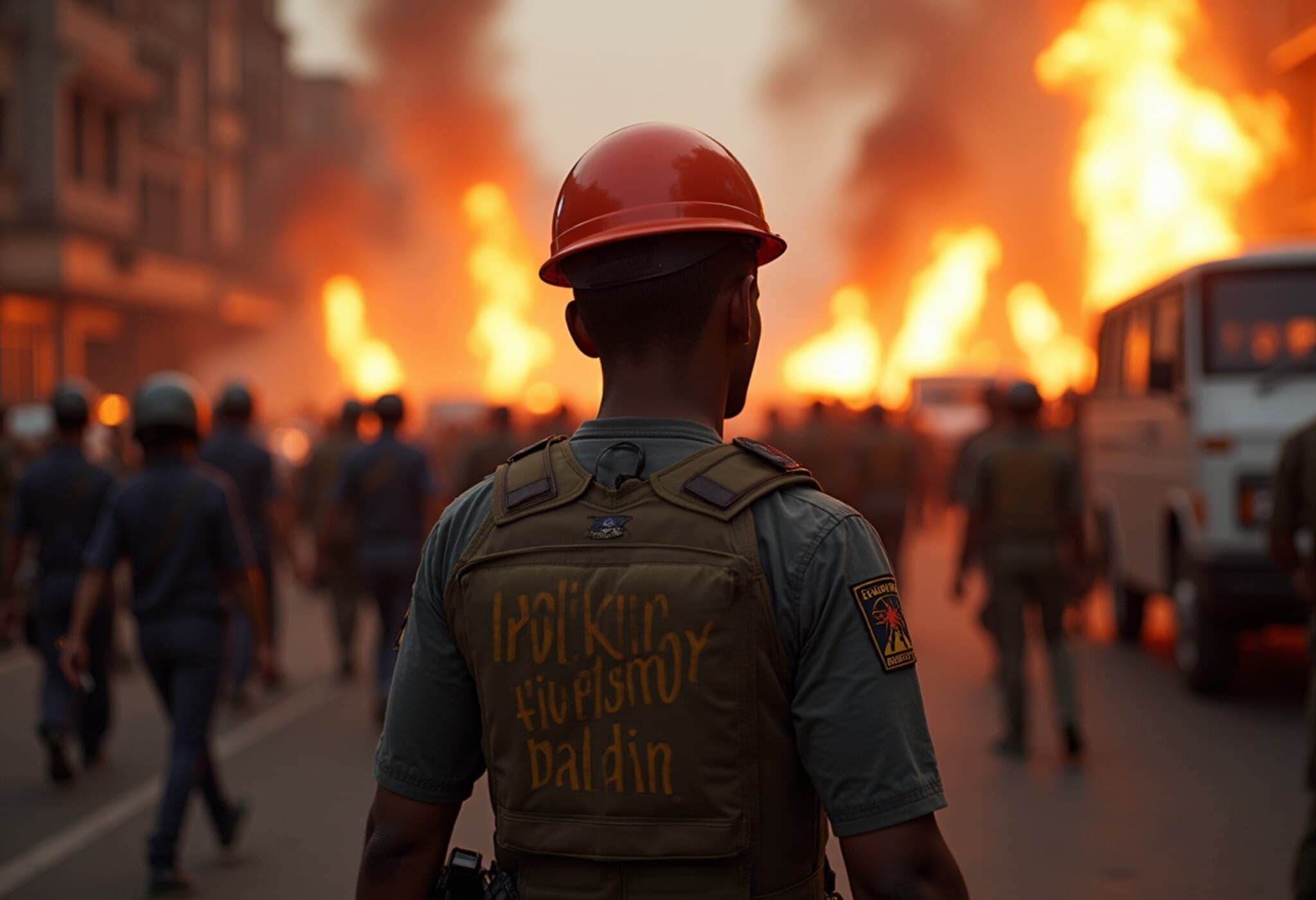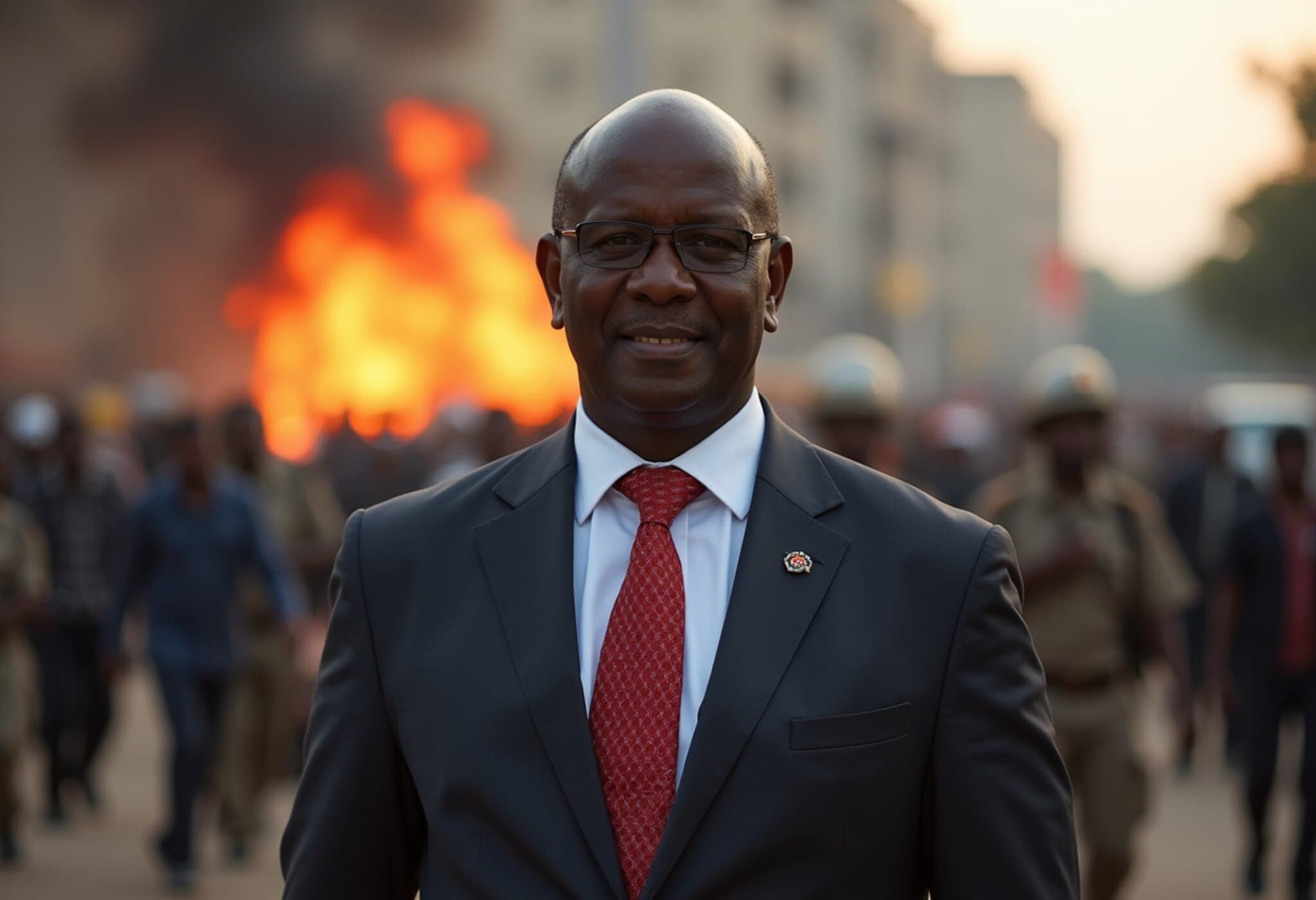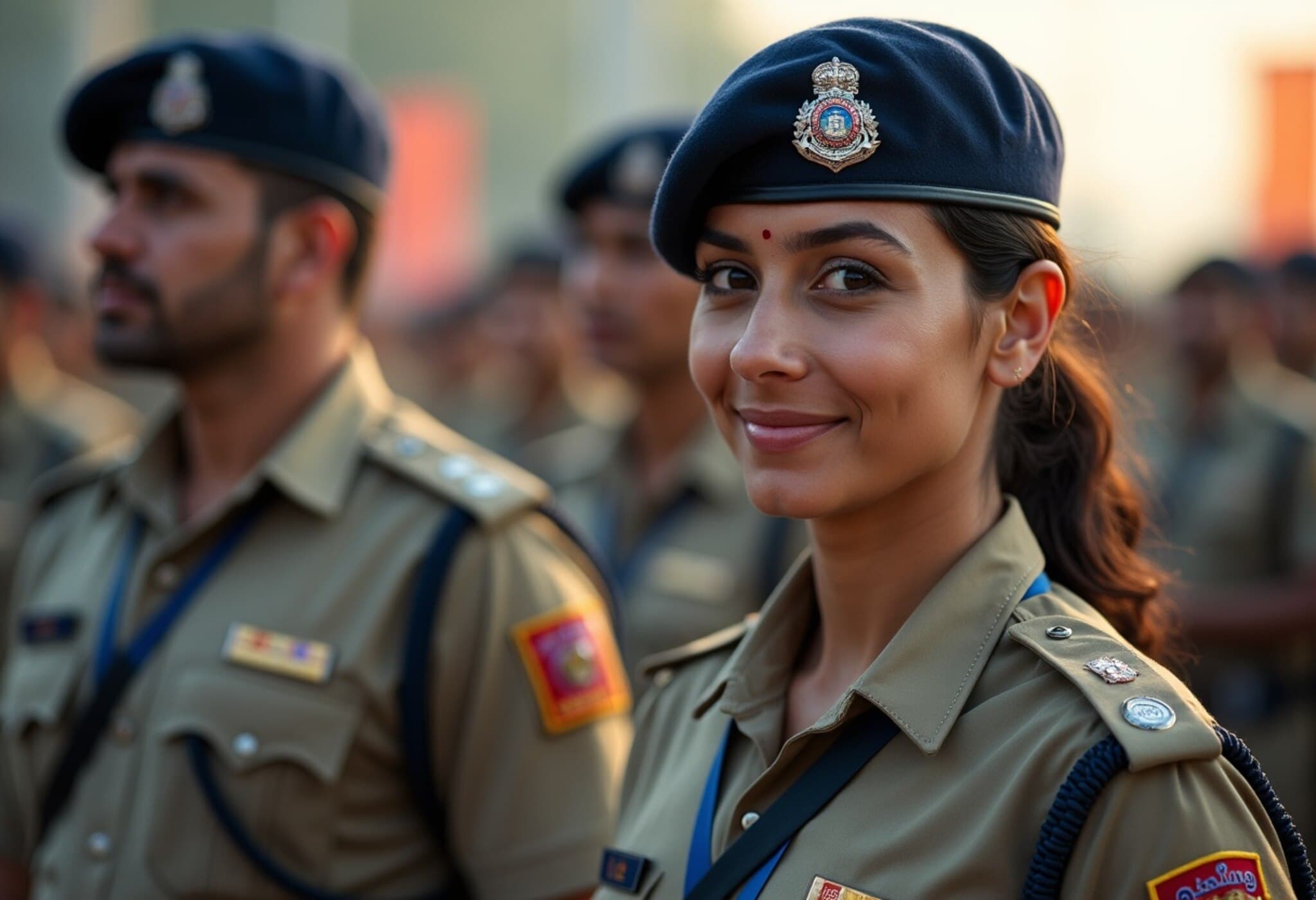Fatal Clashes Mark Kenya’s Historic Saba Saba Protests
On July 7, 2025, Nairobi witnessed one of its deadliest days in recent memory, as anti-government protests commemorating the 35th anniversary of the iconic Saba Saba ("Seven Seven" in Kiswahili) rallies descended into violent confrontations. Eleven people lost their lives nationwide amid escalating unrest rooted in long-standing grievances against police brutality, corruption, and the unresolved death of blogger Albert Ojwang in custody last month.
Background: A Legacy of Courage and Unrest
The Saba Saba protests originally marked Kenya’s struggle for multiparty democracy back in 1990, culminating in historic reforms two years later. Today, this anniversary serves as a powerful symbol for youth-led activism challenging entrenched systems of oppression and governance failures. However, the optimism of those early days has been overshadowed by increasingly violent crackdowns that threaten to unravel Kenya’s social fabric.
Protests Escalate in Nairobi’s Kangemi Slum
In the Kangemi neighborhood—a low-income area emblematic of Nairobi’s marginalized communities—Reuters reporters witnessed police opening fire on advancing demonstrators. One man lay motionless with a gunshot wound, symbolizing the human cost of the state's heavy-handed approach.
Local hospitals confirmed several gunshot victims. Eagle Nursing Home received six patients with injuries, two of whom succumbed to their wounds, while Kenyatta National Hospital treated 24 others. Official police statements confirmed a total of 11 fatalities and 52 injured officers, though they stopped short of clarifying responsibility for civilian deaths.
Shadowy Paramilitary Tactics and Unidentified Forces
A particularly disturbing development highlighted by the Kenya National Commission on Human Rights (KNCHR) involves the presence of hooded, plainclothes officers traveling in unmarked vehicles—despite a court order requiring officers to be identifiable. This tactic raises profound concerns about accountability and the erosion of civil liberties.
Even more alarming is the reported collaboration between police and armed gangs wielding machetes and whips in Nairobi and Eldoret. Such alliances between official security forces and criminal elements complicate an already volatile scene, signaling a dangerous blurring of lines between state and non-state violence.
Widespread Unrest and Government Crackdown
- Protests also erupted in Nyeri, Embu, and Nakuru, where mounted police dispersed crowds with force.
- Authorities imposed tight security measures in Nairobi, blocking key roads and limiting public transport to prevent mass gatherings.
- Many schools and businesses temporarily closed in anticipation of unrest.
Interior Minister Kipchumba Murkomen doubled down on the government’s commitment to security, labeling the protests "terrorism disguised as dissent" and warning that law enforcement would act decisively to "deal with ill-intended elements seeking to wreak havoc." This rhetoric underscores the growing polarization between the government and a youth movement demanding systemic reforms.
Albert Ojwang’s Death: The Catalyst for Renewed Anger
The death of 31-year-old blogger and teacher Albert Ojwang in police custody has become a rallying point for critics of the Kenyan government’s authoritarian tendencies. In June 2025, nationwide protests commemorating Ojwang’s passing resulted in 19 fatalities, highlighting persistent patterns of state violence.
While six individuals—including three police officers—face murder charges in connection with Ojwang’s death, their pleas of "Not guilty" have left victims’ families and activists demanding greater transparency and justice.
Expert Commentary: The Perils of Political Repression
From a policy perspective, Kenya faces a tightening security dilemma reminiscent of many democracies confronted with youth-led dissent. Heavy-handed policing may temporarily suppress street-level protests, but it risks radicalizing marginalized populations and undermining trust in institutions. Experts warn that without meaningful political reforms and accountability mechanisms, cycles of violence and unrest will likely intensify.
Furthermore, the use of unmarked officers and alliances with paramilitary gangs represent dangerous incursions into democratic norms of policing and human rights. The Kenyan government’s strategy reflects a broader global trend where states grapple with balancing security and civil liberties amid rising popular demands for justice.
Looking Forward: Navigating Kenya’s Political Crossroads
As Kenya marks this pivotal anniversary, the very soul of its democratic experiment is being tested. Can the authorities pivot toward dialogue and reform, or will repression deepen fissures within society?
For ordinary Kenyans, the stakes are clear: a future where peaceful dissent is safeguarded rather than punished, where justice transcends political expediency, and where the sacrifices of voices like Albert Ojwang catalyze transformation rather than tragedy.
Editor’s Note:
The recent flare-up of violence in Kenya’s demonstrations underscores deep-seated challenges within governance and law enforcement. Readers should consider how state responses to dissent—particularly against youth activists—shape not just immediate security but long-term stability and democratic health. Will Kenya learn from its past struggles and honor the legacy of Saba Saba with inclusive reform? Or will the cycle of protest and repression continue, exacting a heavier toll on its citizens? This unfolding story remains critical for both regional observers and the broader discourse on rights and governance in the 21st century.

